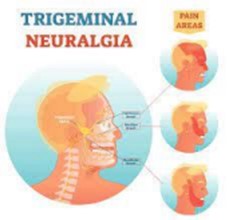A client arrives reporting redness, warmth, and swelling after stepping on a nail one week ago. What is the nurse's priority action?
A Cleanse the wound
B Identify when the client was immunized
C Dress the wound
D Request an X-Ray
The Correct Answer is D
Choice A Rationale: Cleansing the wound may be necessary, but the priority in this case is to assess for any retained foreign bodies, such as the nail, and potential structural damage, which can be done through an X-ray.
Choice B Rationale: The client's immunization history is not the priority when assessing and managing a wound like this.
Choice C Rationale: Dressing the wound may be necessary but should come after assessing for retained foreign bodies and potential structural damage.
Choice D Rationale: Requesting an X-ray is the priority action because it helps determine if the nail is still present and if there is any damage to deeper structures, such as bones or foreign body remnants.
Nursing Test Bank
Naxlex Comprehensive Predictor Exams
Related Questions
Correct Answer is D
Explanation
Choice A Rationale: Linking the pain to nasal stuffiness is not an accurate explanation of trigeminal neuralgia.
Choice B Rationale: Hypoglycemia is not typically related to trigeminal neuralgia.
Choice C Rationale: Releasing catecholamines with infection or stress is not the primary cause of trigeminal neuralgia.
Choice D Rationale: Pain is often due to stimulation of the affected nerve by pressure and temperature. This is a more accurate and relevant explanation for trigeminal neuralgia.

Correct Answer is D
Explanation
Choice A Rationale: Documenting an overdose is premature without further assessment and evidence.
Choice B Rationale: Acute dementia is not typically diagnosed based on rapidly fluctuating moods alone, and it may not be appropriate for this situation.
Choice C Rationale: While substance abuse comorbidity may be present, it does not fully capture the client's current presentation.
Choice D Rationale: Documenting acute delirium is appropriate in this case. The client's symptoms, including rapidly fluctuating moods and delusions, are indicative of acute delirium, which can be related to substance withdrawal or other medical issues.
Whether you are a student looking to ace your exams or a practicing nurse seeking to enhance your expertise , our nursing education contents will empower you with the confidence and competence to make a difference in the lives of patients and become a respected leader in the healthcare field.
Visit Naxlex, invest in your future and unlock endless possibilities with our unparalleled nursing education contents today
Report Wrong Answer on the Current Question
Do you disagree with the answer? If yes, what is your expected answer? Explain.
Kindly be descriptive with the issue you are facing.
